The story of America’s favourite Hungarian silent movie actress
Without a doubt, Hungary gave many excellent actors, actresses, and directors to the American film industry like Béla Lugosi, Michael Curtiz or Tony Curtis; some of them even earned the honour to receive a star on the Hollywood Walk of Fame. One of them is an actress who is considered to be the leading lady of Hollywood’s silent movie era in the 1920s. This young woman from Hungary did not even expect to become the greatest silent star in America when her career started.
Vilma Bánky (born as Vilma Koncsics) was born in Hungary, Budapest on January 9, 1901, in a simple Hungarian family in Nagydorog (Tolna County). The family moved to the Hungarian capital where Koncsics finished her studies and started to work as a stenographer in the field of commerce. Although she had excellent skills and knowledge for her job, Koncsics’ real dream was to become a famous actress. Her family always needed money to earn a living, including Koncsics’ income, but she managed to save some which she spent on to apply for a school where she started to learn acting. Hungary’s greatest and most famous actors began to work with the young girl and discovered her incredible talent. Soon, Koncsics began to play in the Belvárosi Theatre (Budapest, today: Ferenc Deák Square, city centre) where she got small roles. Later, she got her first role in a movie called Tavaszi Szerelem (Love in Spring) in 1920, and her career as a movie actress started.

The real change in her life happened in 1925 when Hollywood’s most influential man Samuel Goldwyn visited Budapest to look for young talents for his upcoming production in the States. He noticed Koncsics’ portrait on the street in a store and wanted to meet her immediately. When Goldwyn saw the young and talented actress for the first time he offered a five-year contract for Koncsics which she accepted.
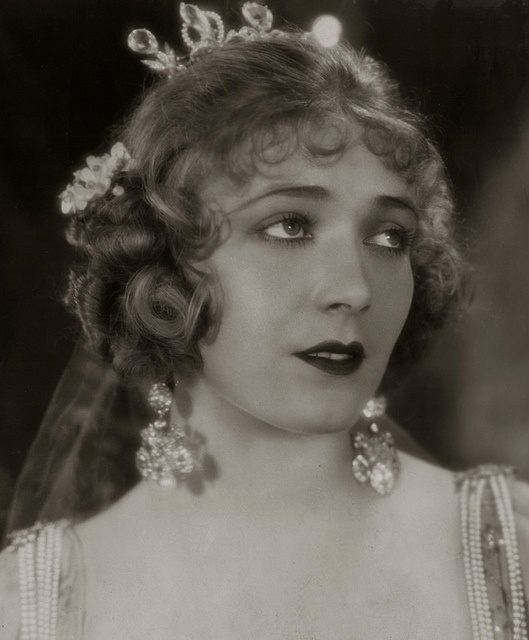
The young Koncsics was famous in the United States even before her first movie was released. When she arrived in America, thousands of people gathered together to see Hollywood’s newcomer and the future star of Metro Goldwyn Mayer. In order to recognise her name easily, production managers changed her name to Vilma Bánky. She also had to lose weight and to buy herself a brand-new and fashionable wardrobe which Goldwyn paid for. She also had to dress like an American because European fashion was unpopular in the States and to use makeup in her everyday life as well, not just when shooting a movie. Bánky was taken to hundreds of balls and celebrations to meet with Hollywood’s most prominent businessmen, thousands of photographs were made about her and were distributed to the American market in newspapers and on postcards.
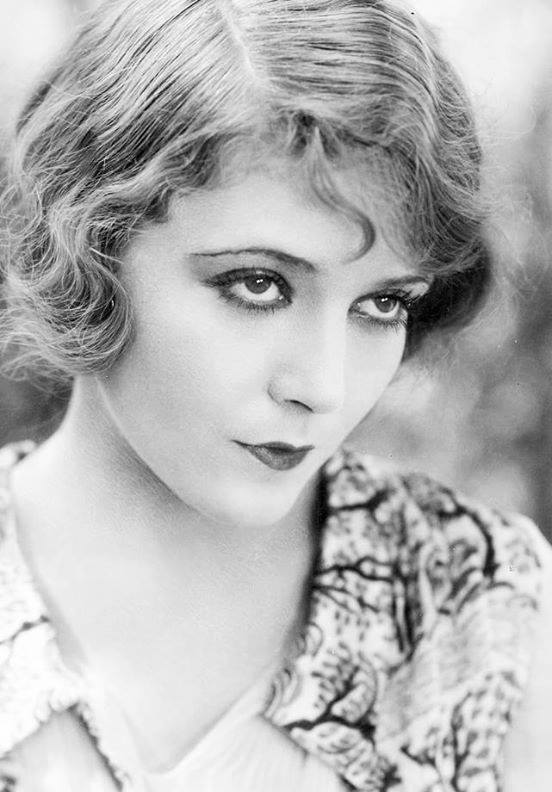
Although she did not speak the English language, her beauty served as an excuse for her. While Bánky was sitting at her apartment studying her new mother tongue, other people were expecting her first movie and seeing what the Hungarian girl is capable of. On the other hand, Bánky was lonely and sad because she did not have any friends and was unable to communicate with anybody around her. She was tired about the press which was constantly running after her, the strict diet she had to follow, and the suspicious fellow actors and actresses around her who did not understand and were envious for Bánky’s quick and enormous fame. With these negative facts on her shoulders, she started to shoot her first American movie.
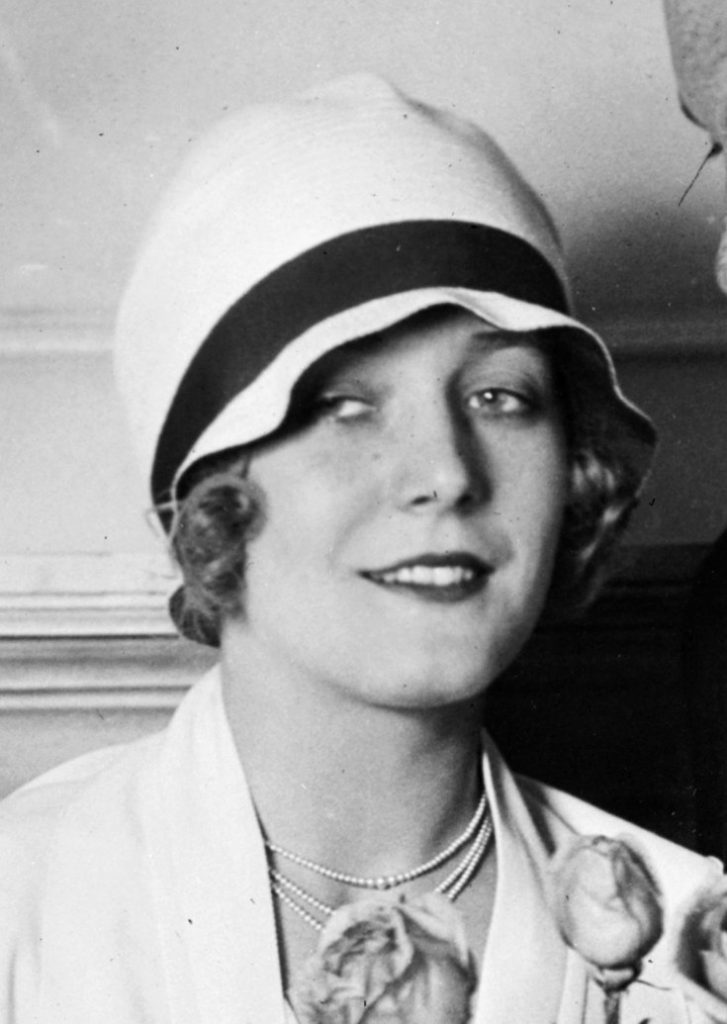
The Dark Angel (with co-star Roland Coleman) premiered in 1925 and became an international success immediately. Bánky officially became the studio’s most efficient money-maker and the legendary movie made the Coleman-Bánky pair Hollywood’s most romantic couple on screen in the 1920s. In the same year, she starred in The Eagle with Rudolph Valentino and one year later in the Son of the Sheik. These two movies earned Bánky a major breakthrough in Hollywood and an international reputation. These two movies were always sold out not just in the USA but in Budapest as well. In 1927, Bánky was chosen as America’s favourite movie actress.
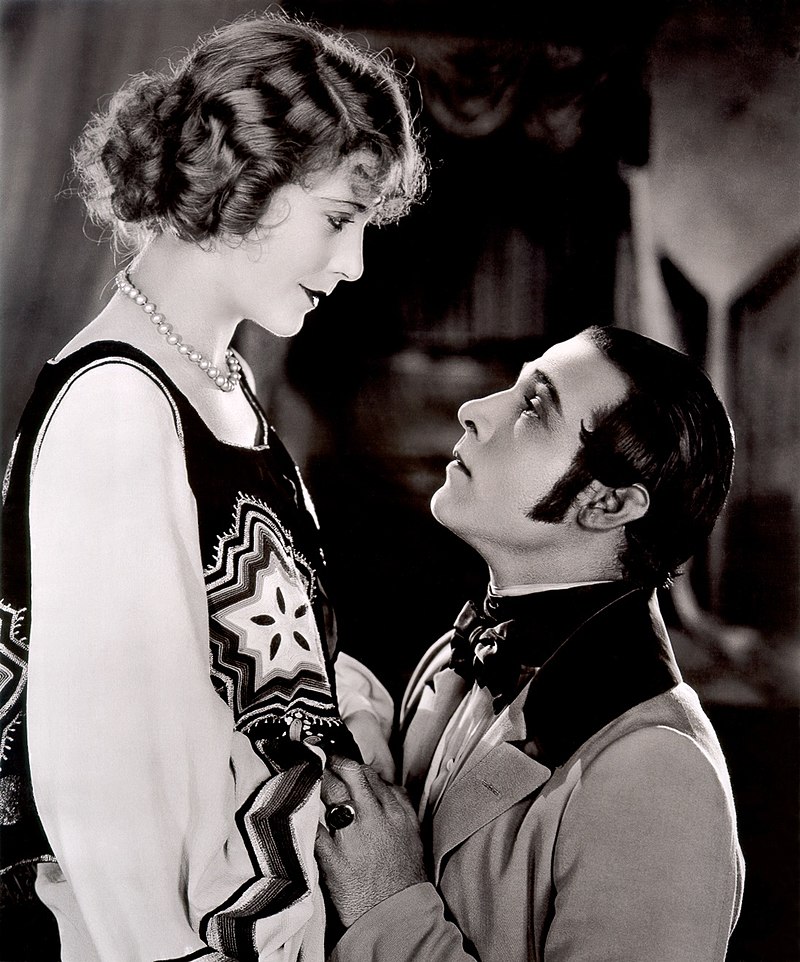
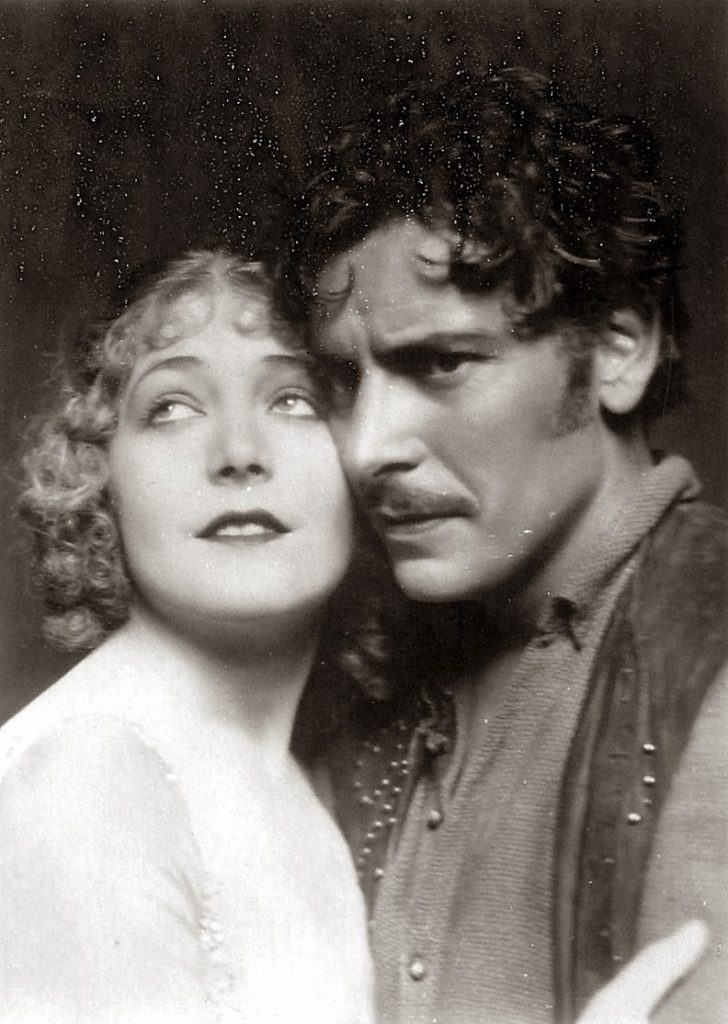
She was a huge star, not just in America but in Hungary too. In 1928, she visited her Hungarian fans, and the whole capital went nuts for her arrival. Thousands of people gathered together to get an autograph from Bánky. The crowd was so big that even the police and the military had to intervene. Her career ended at the beginning of the 1930s when the first sound movies appeared in the cinemas. Although she spoke English very well, her accent remained poor, which meant that Bánky did not receive any new roles from directors and studios. She married the American actor Rod La Rocque and started to play in theatres but eventually, they retired after a short time. They lived a quiet life without any scandals and rumours. Bánky began to play golf and became an excellent golfer, winning several competitions.
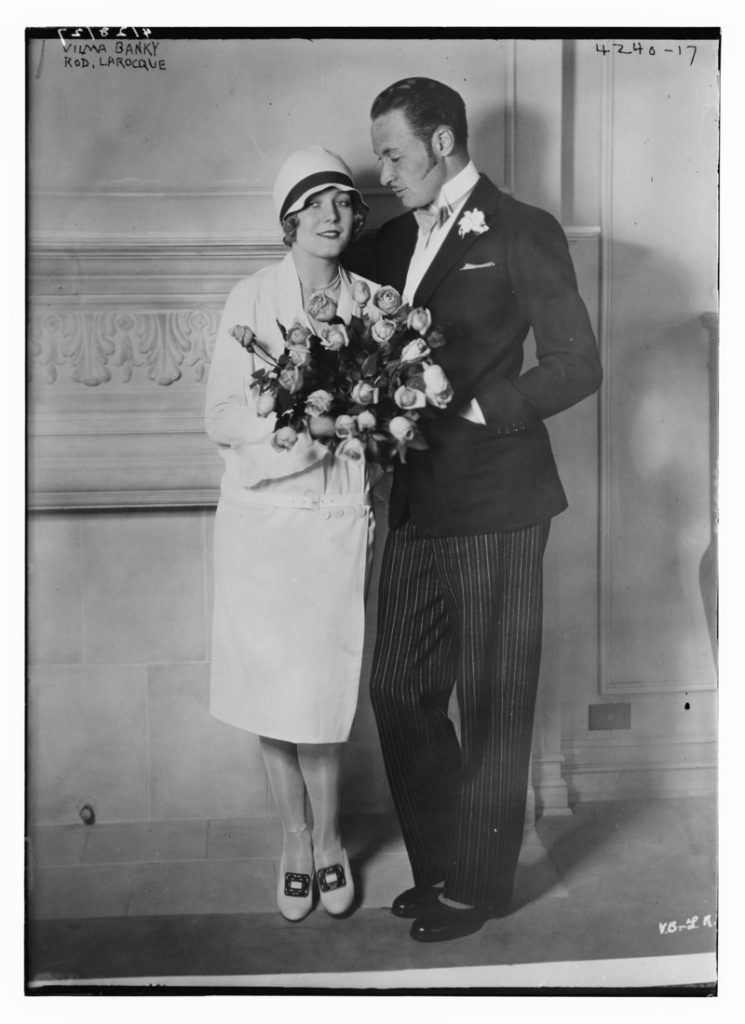
For her amazing contributions to the American film industry during the silent era, she received a motion picture star on the Hollywood Walk of Fame in 1960. After her husband’s death, she did not leave her estate and died peacefully in 1991.
Featured image: The son of the Sheik (1926) directed by George Fitzmaurice (Wikimedia Commons)
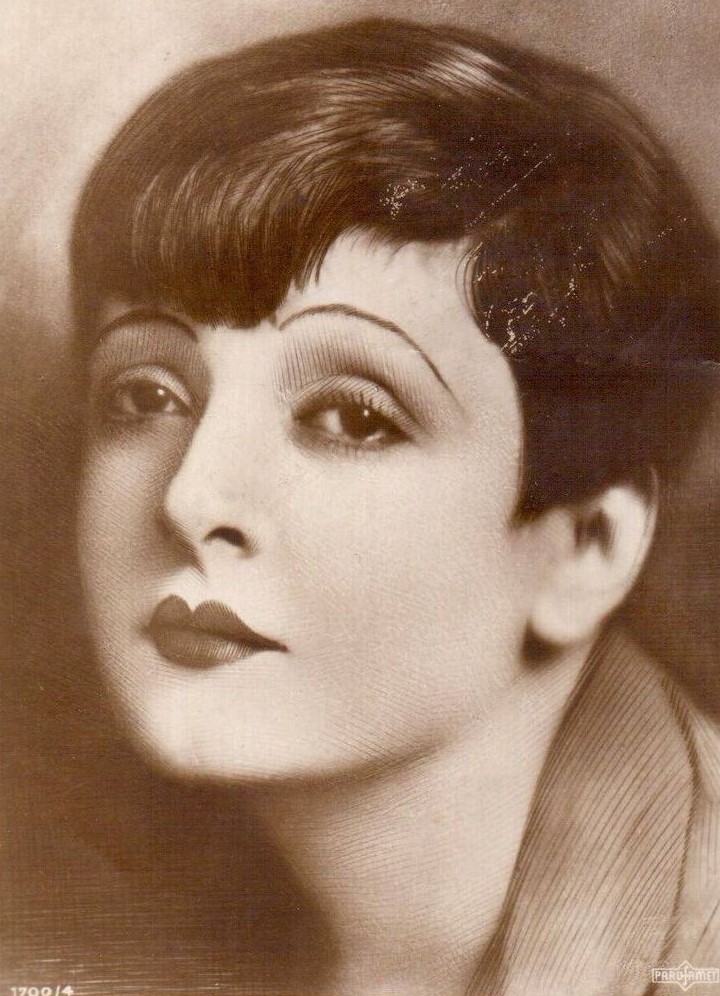
The story of a legendary Hungarian silent movie actress
In the 1920s, after a successful period, the Hungarian film industry suddenly broke down and stopped making new movies. Talented and unique Hungarian actors, actresses and directors spread across the world to start a new carrier. Among these people, there was a young Hungarian actress who emigrated to the United States and started a new life in Hollywood. It did not take long for her to become the most shining star of the silent movie era in America. People loved and adored her. Since her early death many people – except those who work in the film industry – forgot her name. She was Lya De Putti, the Hungarian silent film star.





